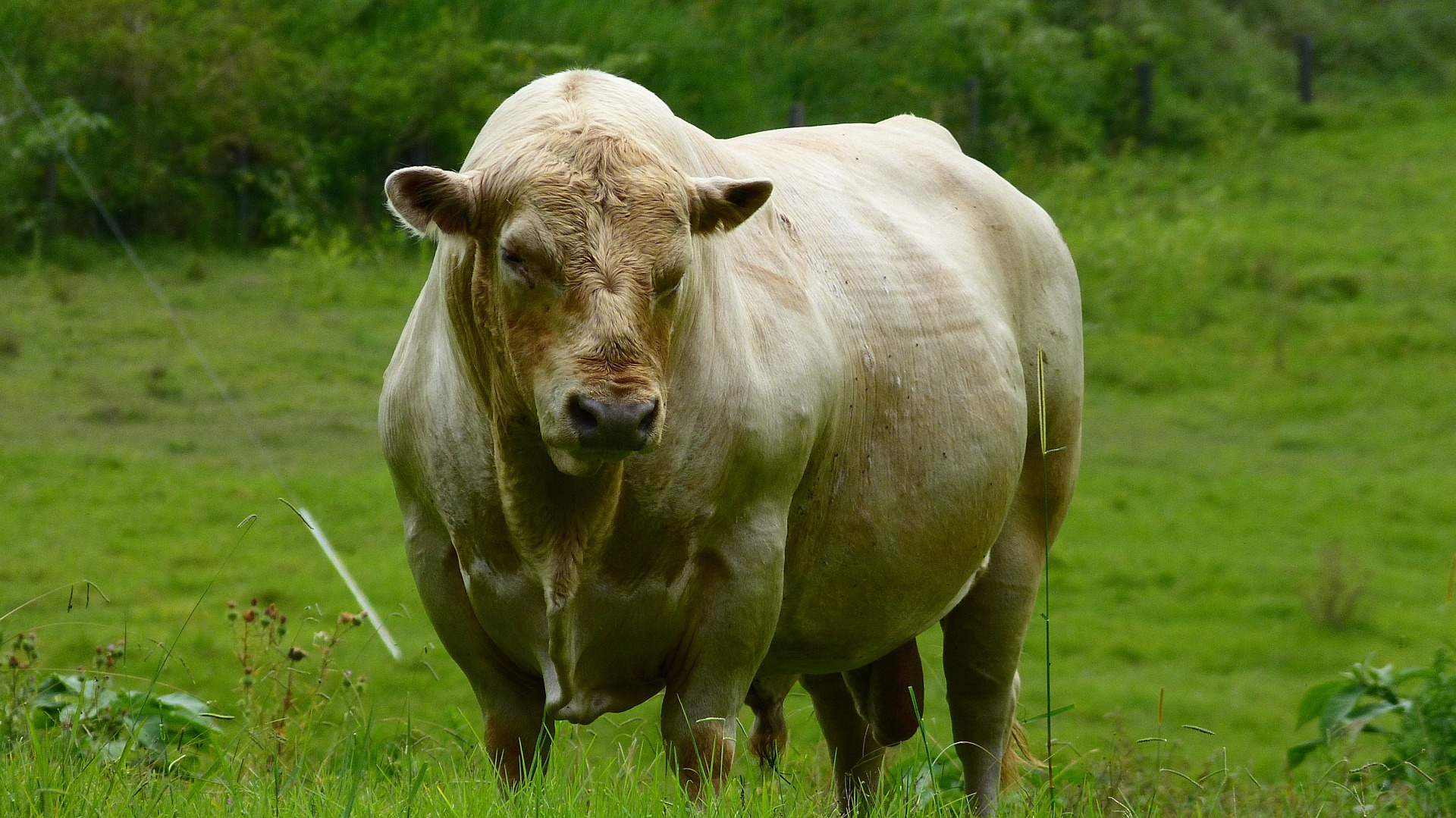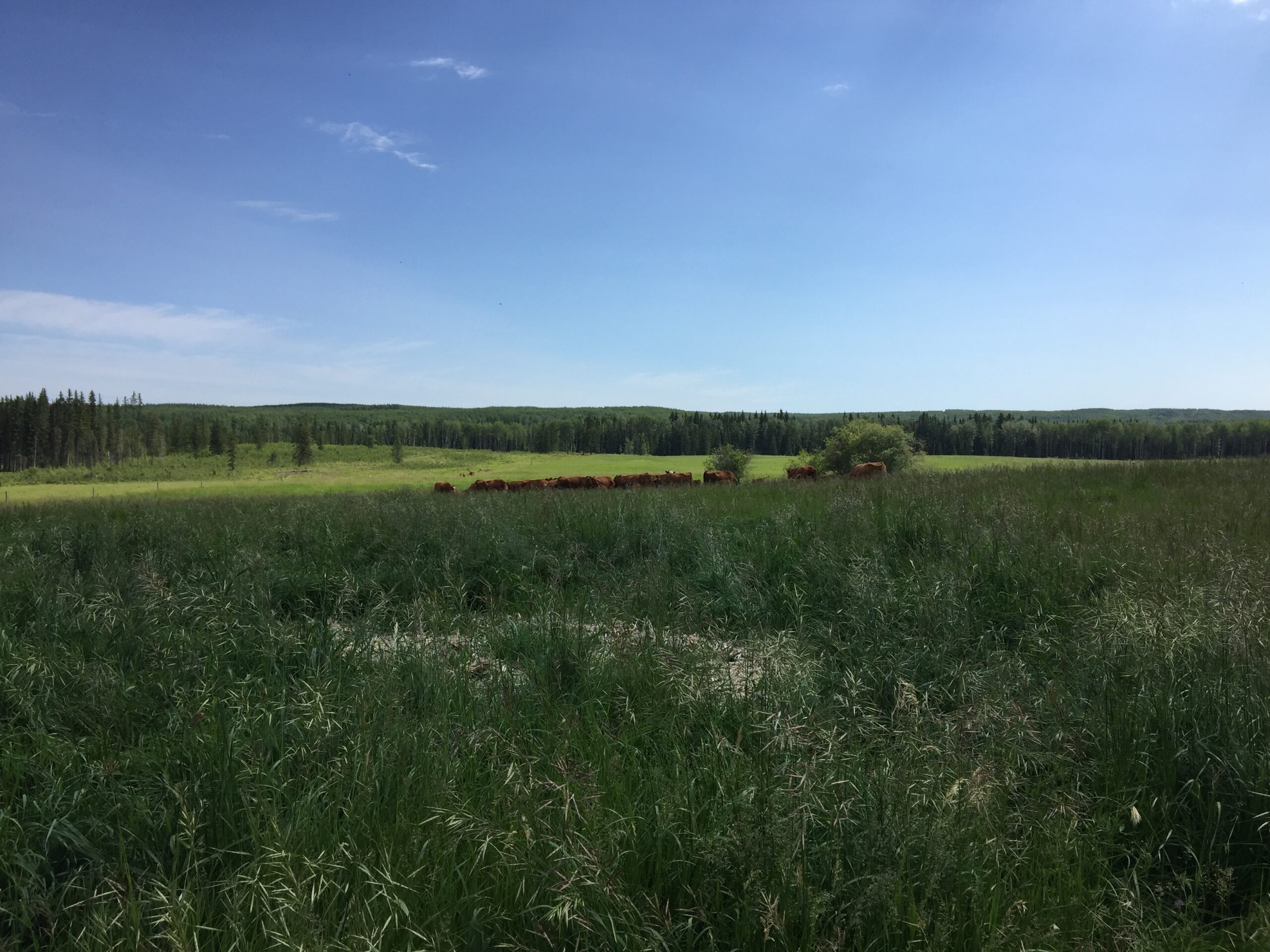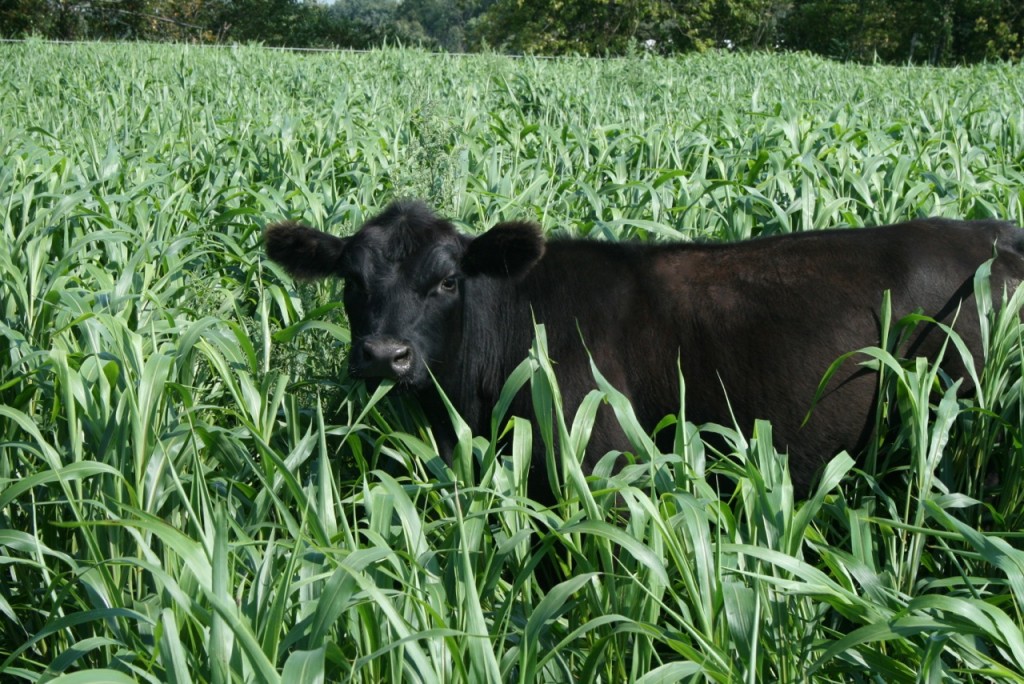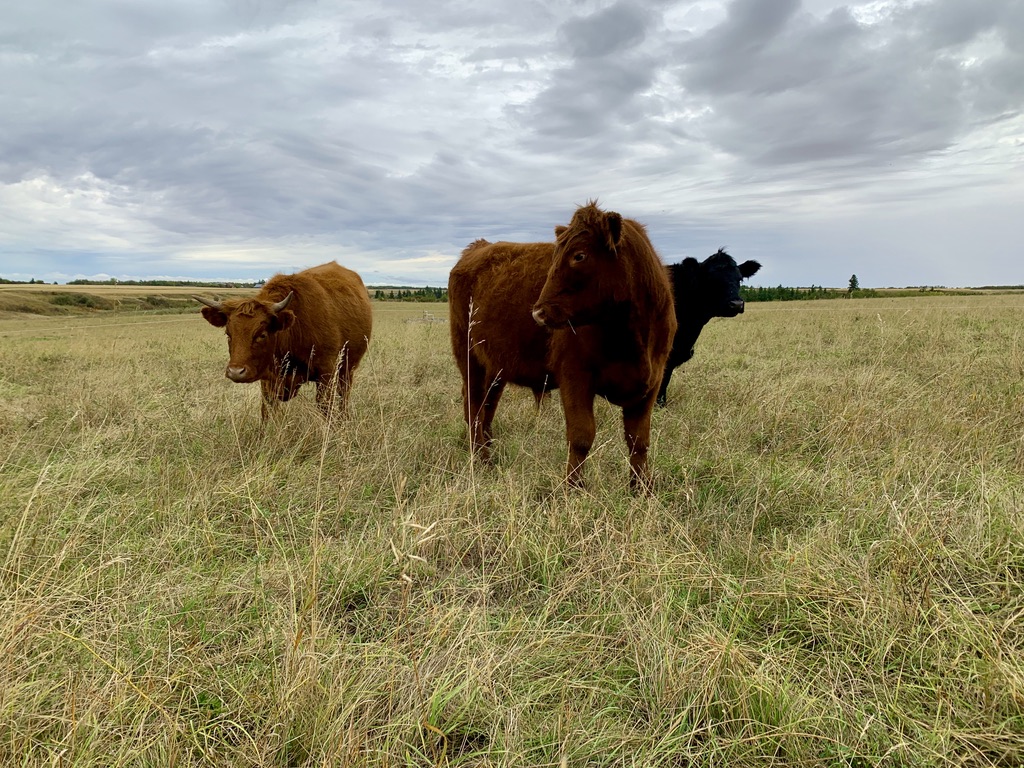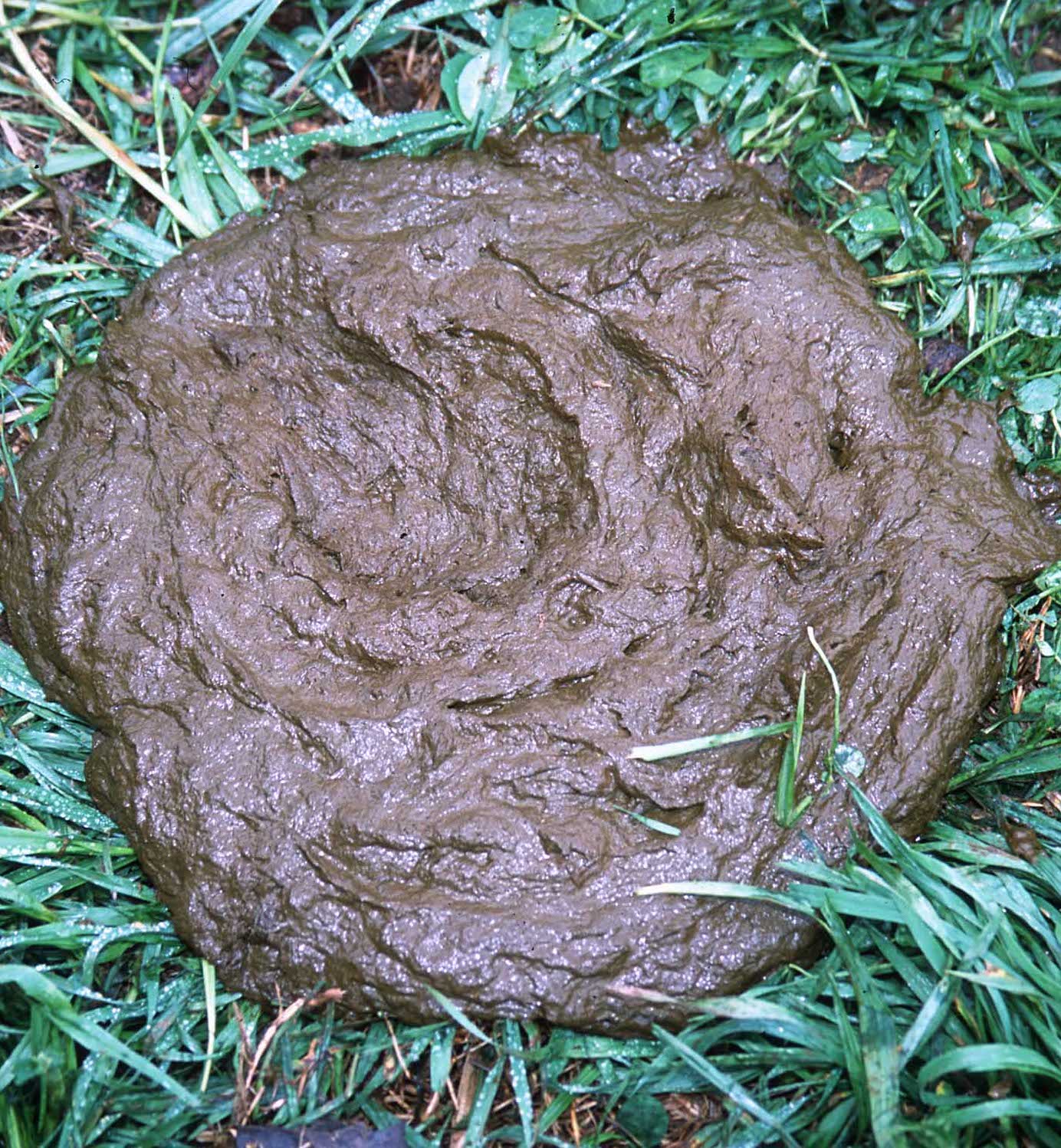HOW RUMINANT DIGESTION WORKS
HOW DO RUMINANTS GET THEIR PROTEIN?
The way ruminants get their dietary protein is more of a complex subject than you might think. Find out more below!
It’s More Complicated Than You Think.
“How does a cow get so big and muscly on just grass?”
Let’s just say, it’s complicated.
For ruminants like cattle (and bison, among others), it’s not about eating a certain amount of dietary protein, regardless where it comes from.
We’re of the habit in thinking that protein must come from an outside source, like certain plants or from animal products. While this is very truthful in our own biological and nutritional context, the problem is that, naturally, we think all animals are exactly like us and need to get their protein in the exact same way. Wishful thinking (or not) when it comes to ruminant nutrition!
So with ruminants? Simply put, their armies are eager to serve them both in life and in death.
It’s the Microbes’ Job
It’s the microbes’ job to feed the ruminant. It’s not just in life; it’s also in death. When it’s time for the microbes to die, their bodies are used as a highly valuable protein source. This is called “microbial protein.”
But that’s not all. Ammonia (NH3) is another key source of “protein” for the ruminant. This, and microbial protein, are produced via fermentation.
Ruminants do certainly get dietary protein in their diet, but that doesn’t mean they need it as we humans do. In fact, dietary protein is quickly utilized by rumen microbes, along with something called “nonprotein nitrogen,” which is what makes microbial protein and ammonia.
Confused yet?
The simplest way to put this is that microbes only live for 15 minutes before they die. When they die, they become this “microbial protein.” The microbial protein moves from the rumen into the abomasum (the true stomach) to be digested in the exact same manner as to how protein is digested in our own stomach–via peptidases that break down proteins into essential amino acids, which then get absorbed via the small intestine.
But the most interesting–and confusing–part of rumen protein digestion is regarding what happens with ammonia.
Urea is either expelled in the urine and feces, or it is recycled back into the rumen. Both situations can occur as well.
Whether urea is being expelled or recycled ultimately depends on the amount of “total protein” a ruminant gets in its diet. Typically the less protein a ruminant consumes, the more urea will be recycled and less expelled in the feces or urine.
Recycled urea is degraded by rumen microbes into ammonia and carbon dioxide for growth and reproduction. Once again, the ammonia that isn’t converted into microbial protein moves back gets absorbed by the ruminant (via the bloodstream), and is detoxified and converted in the liver back to urea. Onward the cycle goes, until there’s no more urea to be recycled, or until the ruminant gives her microbe community a fresh helping of plant matter to work on.
In cattle especially, the feces is a good determinate as to how much protein they are getting. Normal cow pats (or “cow pies”) should be about 2 inches tall, somewhat flat with a dimple in the middle. This means a cow is getting the right amount of protein. If it looks really runny, chances are the animal is getting too much protein in the diet. If it looks stacked similar to horse manure, the animals are not getting enough protein.
To further complicate things, there is the aspect of Rumen Degradable Protein (RDP) and Rumen Undegradable Protein (RUP) which is discussed in The Womderful Ruminant Herbivore.
It’s important to note the difference between true protein and nonprotein nitrogen (NPN). “True protein” is protein nitrogen or nitrogen that is found in protein structures. Non-protein nitrogen (NPN) is the nitrogen found in compounds that are not classified as proteins but rather as nitrogenous compounds
Ammonia is non-protein nitrogen. Other NPN sources are urea, nitrate, nucleic acids, amines, amides, and amino acids.
Most protein (around 80%) gets degraded down into ammonia (NH3), carbon dioxide, and VFA (volatile fatty acids) via fermentation.
Two main things occur to NH3:
1. Microbes use it as a nitrogen source to build protein in their cells for reproduction and growth.
2. NH3 gets absorbed by the animal and converted to urea.
As a result, rumen microbes, specifically bacteria and protozoa, can function just by using only ammonia (instead of true dietary protein) as a suitable nitrogen source. What the ruminant gets out of that is the microbial protein mentioned above.
However, the ammonia that isn’t used up by the rumen bacteria is absorbed by the ruminant and detoxified in the liver, converting it into urea.

